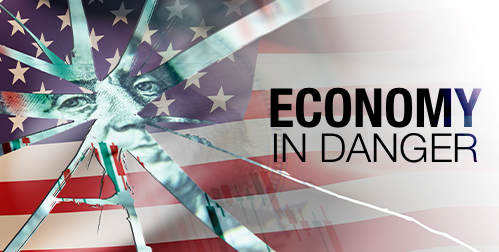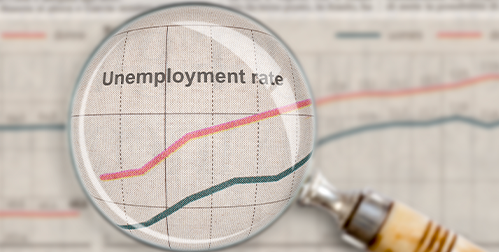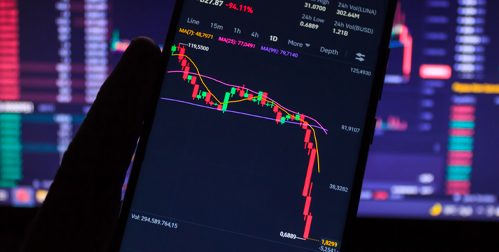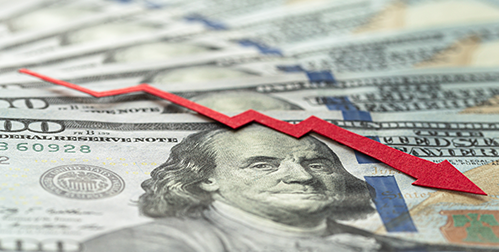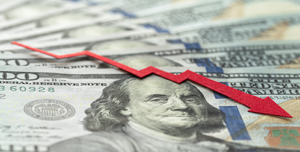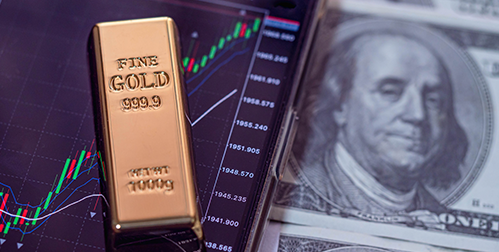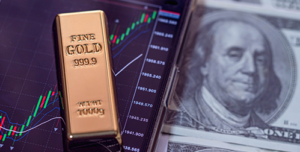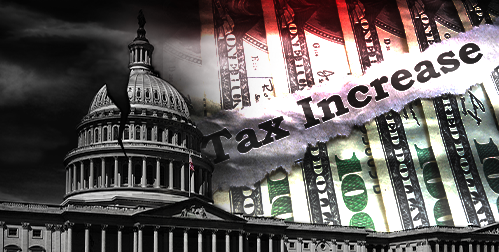- The Federal Reserve needs unemployment to increase to bring inflation down
- The Fed is massively underestimating how high the unemployment rate needs to go
- With a ‘soft landing’ unlikely, working Americans will pay the price for the Fed’s mistakes
The Fed Likes Unemployment
People going to work is good thing. Unless you are the Federal Reserve. They were happy to see unemployment increase slightly in August. Especially after it had gone down in July and job openings increased to 11.2 million. The Fed is counting on massive job losses to reduce the soaring inflation now hammering the economy. The idea being that increasing unemployment will decrease consumer spending. By removing money from the economy, inflation should go down. Fed Chair Jerome Powell euphemistically called sacrificing other people’s livelihood “softening the labor markets”.1
The Fed’s plan to reduce inflation is a double punch to working Americans. Not only are they at risk of losing their jobs. Skyrocketing interest rates are making it harder to get a mortgage, buy a car, and manage debts. Meanwhile, the August jobs report showed hourly wages increased. This fuels the Fed’s decision to keep raising interest rates. The irony is that those wage increases are basically wiped out by inflation. The Fed is hurting the people that the government’s inflation-causing spending spree was meant to help.
For decades, economists have thought about inflation as an outgrowth of the unemployment rate. They will tell you that when the unemployment rate falls, the inflation rate rises. That’s because workers have the power to bargain for higher wages. These costs then get passed on to consumers. When the unemployment rate rises, inflation should drop. Workers have less leverage in a weak labor market. Ideally, there is a balance point where the rate of unemployment doesn’t increase or decrease inflation. The problem is, no one knows that point until after you’ve passed it.
Powell keeps emphasizes his goal of a ‘soft landing’. He believes inflation can be stopped without going into a recession or causing staggering unemployment. Yet, he has committed to doing whatever it takes to bring inflation under control. History is not on his side. “We’ve had 13 or 14 recessions since World War II, and more than two-thirds of those recessions were caused by the Fed raising the interest rate faster than the economy can handle,” said University of Chicago economist Austan Goolsbee. 2
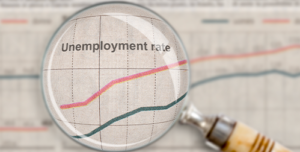
The Fed Underestimates How High Unemployment Must Go
Larry Summers is a former Treasury Secretary. He is pushing back against Powell’s unfounded optimism. He said we need five years of unemployment above 5% to bring inflation under control. That translates to throwing more than 10 million people out of work. 3
The goal of a soft-landing clashes with a historical fact. Once the unemployment rate increases beyond a certain amount, it tends to keep rising. Since the 1940s, modest increases of half a percentage point spiral to jumps of 2% or more within a year. “Usually, once the labor market gets going downhill, it picks up speed and it goes further downhill,” said Claudia Sahm, a former Fed economist.4
“We don’t seek to put people out of work,” Powell said. “But we also think that you really cannot have the kind of labor market we want without price stability.” If the Fed doesn’t waiver from its 2% inflation goal, unemployment may hit 10%. Powell’s soft landing will be small consolation for millions of people. As former Fed Vice Chairman Alan Blinder said, “To the people that lose their jobs, this is not soft at all.” 5
Job insecurity is growing every day. It is important to make sure your assets are protected from inflation and recession. Contact us about our Gold IRA to learn how it can provide financial security during this economic downturn.
